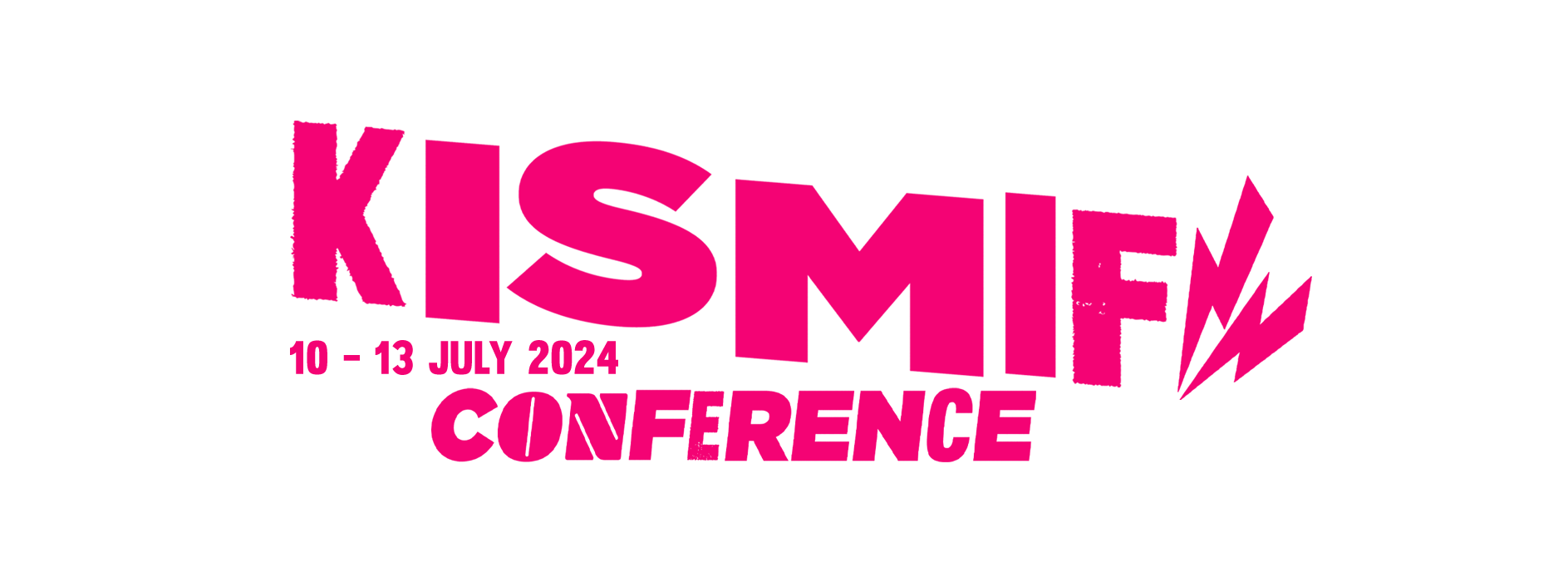Authors: PAULA GUERRA and THIAGO PEREIRA ALBERTO (2021)
Publisher: INTELLECT BOOKS
With the twentieth anniversary of the rise of the generation responsible for the rebirth of rock in New York in the early 2000s, the scene captained by bands such as The Strokes, Yeah Yeah Yeahs, LCD Soundsystem and Interpol has been the subject of recent historical review, as in the Lizzy Goodman’s book Meet Me In The Bathroom (2017) and in a documentary, now being produced, adapted from the book. Frequently cited by specialized media as the last rock music scene to establish a global impact, emerging shortly before the worldwide rise of the Internet, several analytical axes can be used to trace its success and permanence: the aesthetic alignment with musical genres such as garage, punk and post-punk that attached a sense of rock salvation to the movement; the engagement of the then leading media such as the specialized magazines and MTV, as well as a repertoire that transcended niches and infiltrated nightclubs, as it had not been the case with rock for a while. In this chapter, we intend to analyze another notable factor in the dimensioning of this scene, the place of nostalgia as an important aspect in the retromania landscape of contemporary pop culture, in the representation and recognition of this generation. What was the impact of New York punk and post-punk from the late 1970s on the scene that emerged three decades later? How do the imagery populated by images of CBGB’s and the Ramones, Television and Talking Heads come to model the so-called post-9/11 rock revival? Through the evident influences assumed by the later generation, signaled in products such as the musical compilation Yes New York (2003), in the occupation of urban spaces that were not so valued (like Bowery and Williamsbourg) or in the recovery of the material culture (leather jacket, beat-up sneakers) typical of the infancy of punk in the city, we will emphasize how these gestures denote the synchronic and trans-historical force of punk in the 21st century, through a nostalgic pathos that, we believe, also served as a catalyst for the creation of this musical scene celebrated historically in recent years. Incidentally, the growing attention that contemporary museum curators have given to punk – such as the Metropolitan Museum of Art, the Louvre, or the British Library – shows this well: the acceptance of its disconcerting and important role of messing with the status quo in search of personal freedom, and simultaneously, its domestication as an artistic and cultural form that is exhibited at the museum as an object of nostalgia of temps perdu.
GUERRA, Paula & ALBERTO, Thiago Pereira (2021). Welcome to the ‘modern age’: The imagery of punk from the 1970s in the redefinition of the New York music scene of the 2000s and beyond. In: BESTLEY, Russ; DINES, Mike; GUERRA, Paula & GORDON, Alastair (Eds.). Trans-Global Punk Scenes. The Punk Reader Volume 2. Fishponds, Bristol: Intellect Books. URL: https://www.intellectbooks.com/trans-global-punk-scenes.
@Esgar Acelerado





